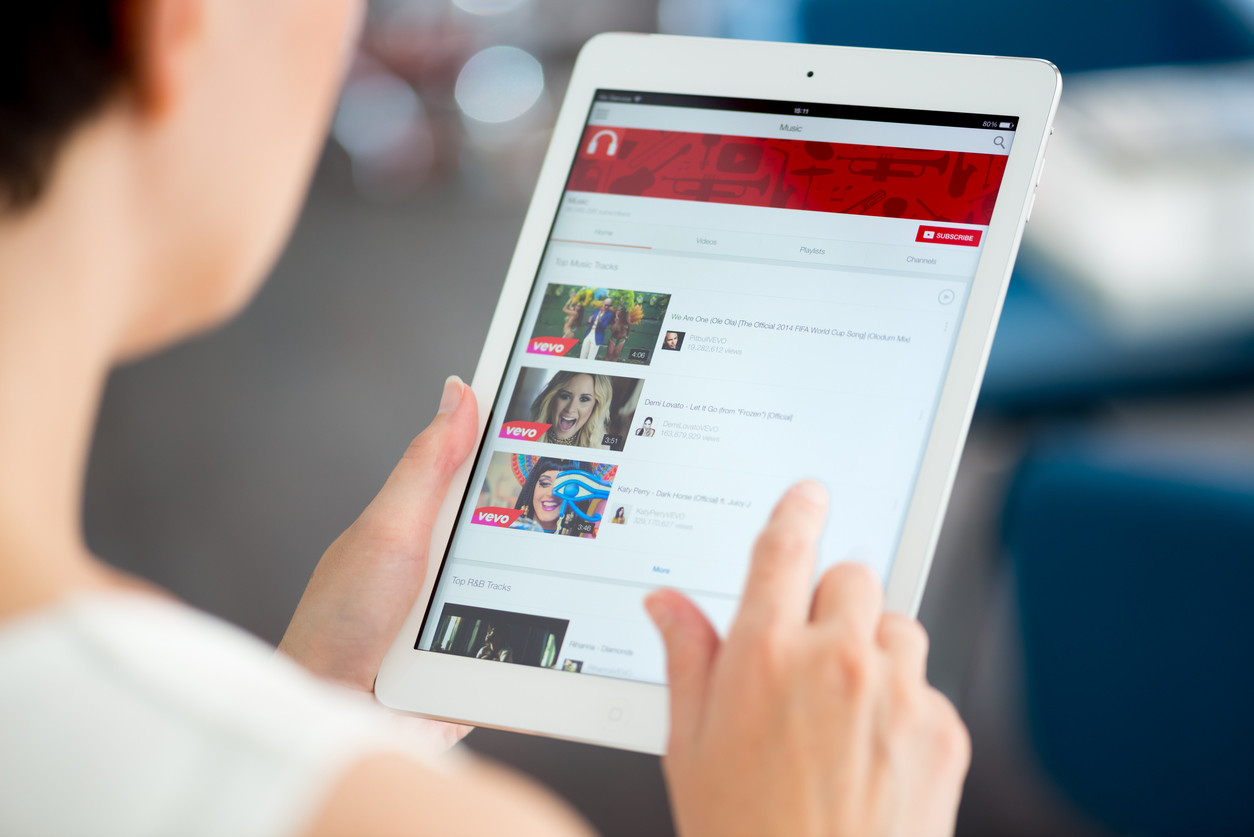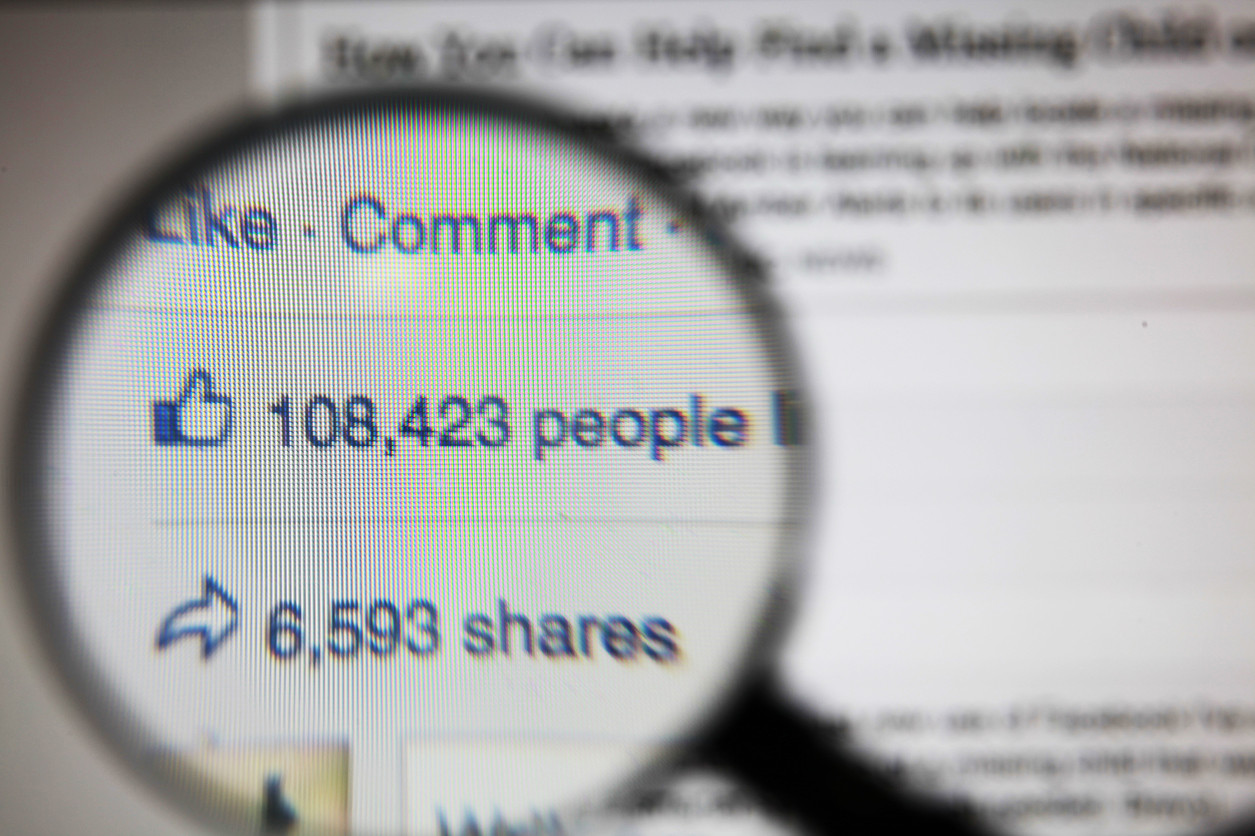The music industry has faced a complex dilemma for years, summed up by Gadi Oron, CEO of the International Confederation of Societies of Authors and Composers: “The most important source to consume online music, video streaming services, pay insignificant amounts to the creators”. YouTube covers 46% of the time consumed in playing songs on demand on the Internet and barely provides one dollar per user per year to the sector, compared to 20 for Spotify, according to the International Federation of the Phonographic Industry.
For this part, the head of Music YouTube indicates that “the announcements have given more than one billion dollars to the industry [in 2016]” in a reflection of five points on the relationship of the platform with the sector. In that same article he talks about the important role of his company in making the consumption of music monetized by the industry more and more, something that was also reflected in a report on the impact of YouTube on music (financed by Google, that Yes) and published days after the complaints of Warner CEO after signing a new agreement.
This stormy relationship of convenience and disagreements could change over the next few months with the entry of a new actor on the scene: Facebook. The most important social platform in the world has signed agreements with Universal and Sony that involve solving a problem and creating an opportunity at the same time : avoid having to remove all the videos that users upload using songs from the catalog of these multinationals, thereby that means at a legal and management level; and also marks the beginning of “a strategic roadmap that will provide new online experiences based on music,” according to the Universal statement.
The new competition for YouTube
Facebook has launched the video as a bet of growth. Its users see more and more content of this type because the algorithm that determines what appears to them is conveniently modified for it. The commercial model of this format is not subject to space problems to place ads that Facebook alerted in 2016 and also scales income more easily, thanks to the fact that if the content travels outside the platform its advertising is carried with it.
This trajectory invariably leads to compete with YouTube for the preferential attention of music creators. Video clips are basic to explain the success of the Google platform, where users mostly go to look for them. More than 40% of them see at least one each month and these contents also mean safe and attractive environments for advertisers. The 10 most watched videos in YouTube history are precisely musical, and that metric of reproductions has also become a standard for defining the success of a song.
All these video clips are the result of Google’s agreement with the three major labels (Universal, Warner and Sony) from 2009, which involved the creation of VEVO. This platform has its own website, but in the end it is YouTube where a large majority of users go to consume that content, so that both parties collaborate and compete at the same time. Google gives to the multinationals 55% of the advertising revenue generated by these contents, given the historical complaint of the sector, considering it insufficient.
Search vs find music
The competition that Facebook can suppose for YouTube starts from the basis of a totally different operation. If the Google platform is a natural place for many users to go to find a video, the Zuckerberg has become the great environment in which to find them without having expressed any desire to see them.
The control of Facebook over what what more than 2 billion users see when they log in to the platform can shift consumption to offer spectacular figures of video views, although their concept of ‘reproduction’ does not match with YouTube and that introduces difficulties when comparing them.
Continue Reading: Facebook against ad-blockers: A conflict that goes for long
For Facebook a video has been reproduced if at least three seconds have been running, which is often the time it takes someone to navigate between the different contents presented by the platform. Videos are activated automatically and with sound without the user doing anything and, if at least three seconds are on the screen, add up as a reproduction. That is, we speak of a majority of visualizations not sought or initiated by the user, and vaguely addressed.
However, YouTube does not count a play until there is at least 30 seconds of viewing. Its commitment to a non-dubious consumption of videos is also substantiated in that for years its algorithm orders the contents in a search based on the number of minutes consumed on average with respect to its total duration.
These disparity of criteria has key consequences for advertising planning, as well as in the formats and duration of the advertisements. That is why Facebook decided to take advantage of the independent audit of the Media Rating Council to avoid suspicions about its metrics (independent measurement entity in the US) in the face of advertisers and ensure that the ads it serves are seen, one of the biggest concerns in the sector. throughout the last times. YouTube had already made that decision a few months before.
An offer that music can not refuse
In September 2017, Bloomberg announced that Facebook negotiated the payment of hundreds of millions of dollars to the record industry so that its users could use their songs in the videos that they upload. It only remains for him to close a deal with Warner.
Reaching a meeting point is inevitable to avoid legal conflicts over rights that do not interest any of the parties, and that above all involve devoting too many resources to monitor the activity of hundreds of millions of users outside those problems. Facebook has already had to develop its own system of recognition of musical rights to avoid lawsuits, made in the image and likeness that has been working on YouTube for years.
Thanks to this development, called Content ID, the Google platform allows copyright owners to manage them in such a way that they can decide on the use of their works by third parties. In the case of music, the record companies can obtain income from the exploitation of videos in which users have included a song from their catalog for their home contents, which means expanding the number of monetizable spaces far beyond the videos themselves Officials of the artists.
Facebook has followed the same model in its Rights Manager, also in relation to the conditions it offers rights holders. In this way, if the owner decides to allow a third party to use their content, they will receive 55% of what the associated advertisements produce.
What are they broadcasting on Facebook today?
The agreement with record companies will also allow Facebook to incorporate music into its Watch service . It is a commitment to the original video that was already advanced by Zuckerberg in the first presentation of results in 2017, in which he spoke of video as a “megatrend” and assured that it would be the format that would go ahead in the entire ecosystem of applications of the company (Instagram, WhatsApp, Messenger, Oculus).
This investment in original multimedia content first had as partners several media, to which the platform paid to make direct and closed videos. This program has lasted around a year and has served to accustom many users to these formats. Its closure coincides in time with the dealings with music multinationals and the launch of Watch, which for example has exclusive wrestling content.
Facebook’s bet also includes displacing YouTube as the first place that creators think about when placing their content on the internet. Hence the launch of a specific ‘app’ for them, as well as the creation of a bank of songs and sounds that they can use freely to complete their content. The latter had already been incorporated by YouTube years ago.
With this plan, the platform of Zuckerberg aspires to welcome the birth of the next generation of ‘youtubers’, the creators that are more attractive to the young audience that brands demand. And in the meantime, it tempts some of the current ones with better conditions.
The turning point of 2018
The year we just released also brings other developments that can decisively influence the music business, regardless of the evolution of Facebook’s relationship with the sector …
- YouTube will debut a music subscription service: It was born from the merger between Google Play Music and YouTube Red and Bloomberg placed its premiere around March. Lyor Cohen, the music manager of the platform, says that with this product YouTube will have a “dual engine” model to help the industry, while exploiting ads in reproduction and paid subscription.
- Spotify will probably go public: Many analysts calculate that Spotify will be launched on the market, but the company itself seems to rule out doing it in the traditional way. This means avoiding high costs with investment banks but also possible more pronounced ups and downs in the first weeks on the stock market. This platform has more than 140 million users and 70 of them pay to listen to music without ads and restrictions.
- Amazon extends its music subscription service: The strategy of the company of Bezos is to continue strengthening the subscription to Prime to feed from there its growing multimedia offer and the business associated with it. And it also spreads its musical business around its Echo smart speaker, a new battlefield with YouTube. In July of 2017 I had around 16 million users who pay for music.




